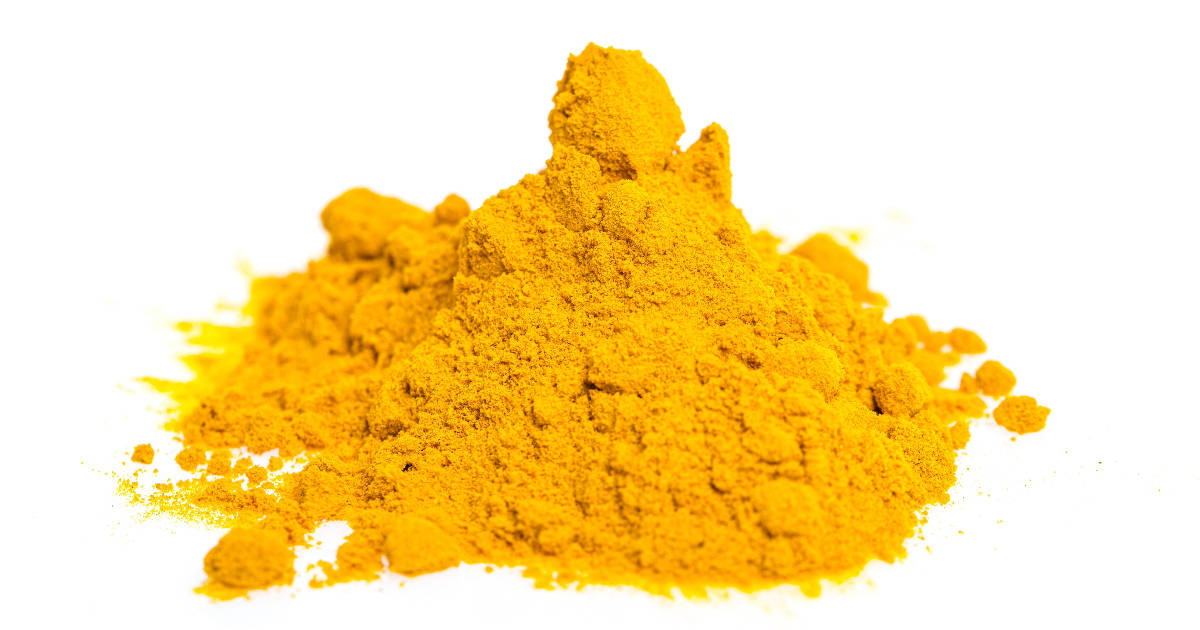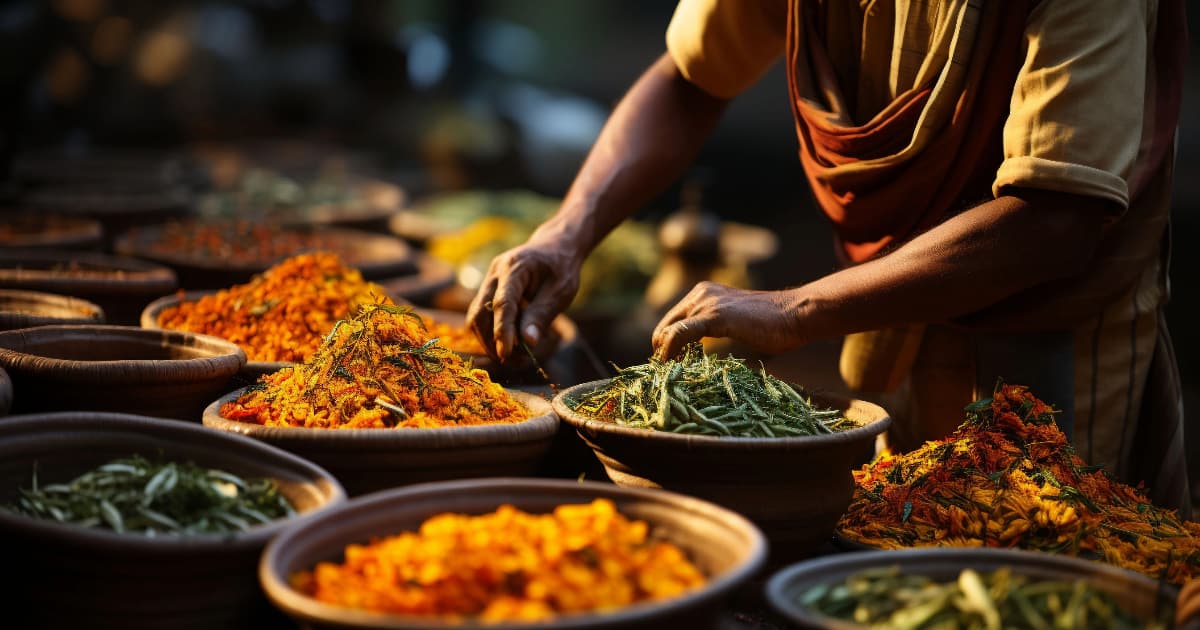Curry powder is a spice blend that has become beloved worldwide, but its origins are actually rooted in British colonialism. While curry powder may seem quintessentially Indian, you won't find anything labeled "curry powder" in South Asian cuisine. Instead, curry powder was created by the British to evoke the essence of complex Indian spice blends.

If you love curries but are unsure exactly what curry powder is or how it's used, read on! We'll cover everything about this fragrant, versatile seasoning.
A Brief History of Curry Powder
To understand curry powder, we first need to understand the word "curry." Curry comes from the Tamil word Kari, meaning a spiced sauce or stew. In India, there is no one universal curry. Rather, there are countless dishes made with unique spice blends across regions.
When British colonizers arrived in India in the 1700s, they fell in love with these complex curries but didn't quite grasp Indian cooking methods. They began bottling their own interpretation of Indian spice blends to take home, calling it "curry powder."
The first known curry powder was sold by British grocers Crosse & Blackwell in 1784 for British home cooks who had acquired a taste for Indian flavors. This allowed "exotic" curries to be recreated easily in England. Curry powder quickly spread across Europe through trade.
So while we associate curry powder with Indian cuisine, it was actually invented by the British! True Indian cooking utilizes many individually selected spices.
Typical Ingredients in Curry Powder

There is no definitive curry powder recipe. However, these ground spices are commonly used:
- Turmeric - Earthy, musky, with a bitter edge
- Coriander - Citrusy and slightly sweet
- Cumin - Smoky and earthy
- Fenugreek - Maple-like sweetness
- Ginger - Warming and zesty
- Chili powder - Varies from mild to scorching heat
Other spices like cinnamon, cloves, cardamom, mustard seed, and black pepper also frequently appear. The ingredients and proportions vary widely between blends.
How Curry Powder Differs from Garam Masala
Garam masala is a traditional Indian spice mix, while curry powder has its roots in British colonialism. So how do they differ?
While curry powder is defined by the strong presence of turmeric, garam masala contains more warming spices like cinnamon, cardamom, and cloves. Garam masala translates to "warm mix," meant to heat the body in cold climates.
Garam masala also has a sweeter, more aromatic flavor compared to the earthier curry powder. It's added at the end of cooking as a finishing touch. Curry powder builds a dish's base flavors.
So garam masala is a traditional Indian blend, while curry powder is a British interpretation of Indian spice mixes.
Using Curry Powder in Cooking
Curry powder is used to add deep, multilayered flavor and fragrance to all kinds of dishes. Here are some tips for cooking with it:
- Bloom in oil - Quickly frying the spices intensifies their flavors.
- Simmer - Allow time for the spices to infuse the dish as it cooks. Curry improves over time.
- Add yogurt or coconut milk - This creates a luscious curry sauce.
- Adjust spice - Cater the heat to your taste by adding more chili powder or yogurt.
Curry powder works in everything from hearty curries and stews to lighter foods like roasted veggies, deviled eggs, and dips. It's extremely versatile!
Making Your Own Curry Powder
While pre-made blends save time, mixing your own allows you to customize flavors. Try dry roasting and grinding these spices:
- 1 tablespoon coriander
- 1 tablespoon cumin
- 1 tablespoon turmeric
- 1 tablespoon ginger
- 1 teaspoon garlic powder
- 1/2 teaspoon cayenne pepper (adjust to taste)
Experiment with small batches, adjusting amounts until you love the flavor profile. Then scale up the recipe and store it in an airtight container.
Storing Curry Powder Properly
To retain maximum flavor and shelf life:
- Store in an airtight container in a cool, dark place.
- Keep away from light, heat, and moisture.
- Write the purchase or mix date on the container.
- Use within 3-4 months for the best flavor.
Proper storage prevents curry powder from losing its potent aroma and vibrancy.
Frequently Asked Questions
Is curry powder spicy?
It can be, depending on the type and amount of chili powder used. Mild blends use little or no spicy peppers. Others get their heat from cayenne or other chiles.
What's the difference between curry powder and paste?
Curry paste contains fresh chilies and spices blended into a moist paste. Curry powder is a dried, ground spice mix. Pastes pack more intense heat and aroma.
Can I substitute garam masala for curry powder?
Not directly. Garam masala is sweeter and more aromatic, while curry powder is earthier. For best results, use recipes specifying each blend.
Is curry powder gluten-free?
Most curry powders are naturally gluten-free. Always check labels for gluten-containing additives if needed for dietary restrictions.
Conclusion
While curry powder may seem quintessentially Indian, it actually originated from British interpretations of complex South Asian spice blends. It combines turmeric, coriander, cumin, fenugreek, ginger, and other aromatics for a versatile, fragrant seasoning.
Curry powder can add warmth and complexity to proteins, veggies, soups, and more. For the best flavor, bloom it in oil, allow time to simmer, and adjust the heat by adding extra spices or dairy. With proper storage and homemade mixes, curry powder is an easy way to add intrigue to everyday cooking!

